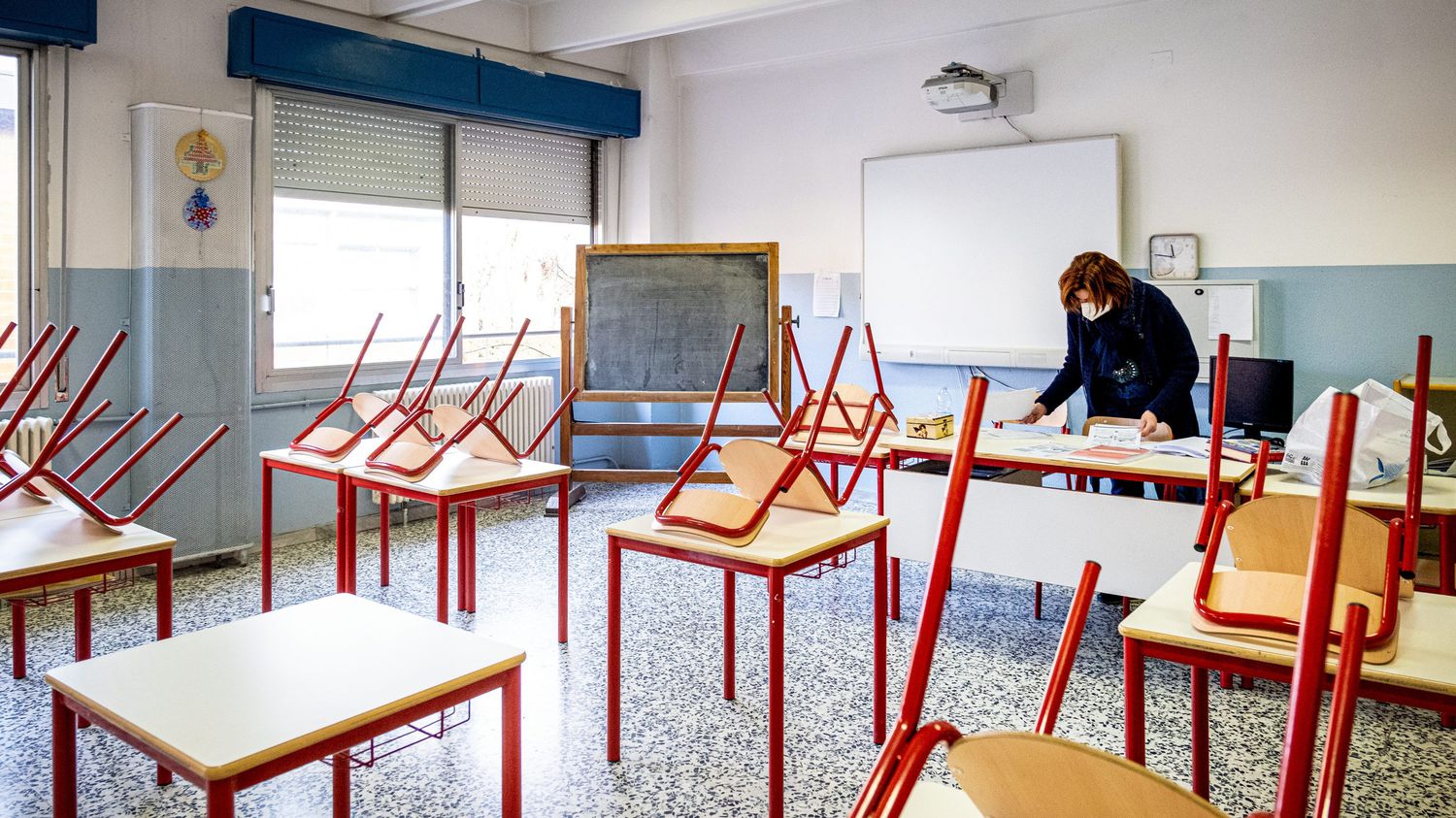The Italian Minister of Instruction, Giuseppe Valditara, throws a stone into the pond. He believes that public schools in Italy today need new forms of funding to cover teachers’ salaries. The minister proposes to open public schools to private financing, and to differentiate salaries according to the regions, according to the cost of living. Clearly, to pay teachers better in the north than in the south, since life is more expensive in the north.
>> “Additional missions” to be increased? French teachers say they are “already overwhelmed”
In the country, the reactions are strong: initiative “racist and discriminatory”, idea “old and reactionary”, “throw back fifty years”, trade unionists and politicians multiply the criticisms. But some are not surprised, because differentiated autonomy is the project carried by the League of Matteo Salvini and the Minister of Instruction. The objective is to regionalize the schools, so that the staff no longer depends on the State, according to the opposition. Elly Schlein, candidate to succeed Enrico Letta at the head of the Democratic Party, has no doubts about the project of the right: “The idea of the right is to have schools for the rich in upscale neighborhoods capable of attracting private funding to increase teachers and their salaries and to drop the schools for the poor.”
“This right reveals its true face, it wants to divide the country instead of reducing its fractures.”
Elly Schlein, Democratic Party
The result of this reform would be even more “no more dividing the country” denounces for its part the Italian General Confederation of Labor (CGIL). “That would be madness”, said Maurizio Landini, the general secretary of the CGIL. For his part, the Minister of Education tried to clarify his thinking by saying that he was not questioning the status or the contract of teachers, but he confirmed that the cost of living must be discussed.
Principals are for reform
The association of establishment directors says it rather agrees with the minister’s proposal. For this association, there is a real difference between the North and the South. A family in northwestern Italy spends an average of 2 700 euros per month when in the South, she spends less than 2 000 euros. In the private sector, salaries are on average 10% lower in the South than in the North.
Historically, public wage differentiation ended in 1972 to prevent the South from becoming even poorer and losing its teachers. Italian teachers are today among the lowest paid in Europe. The unions are therefore demanding increases for all.
